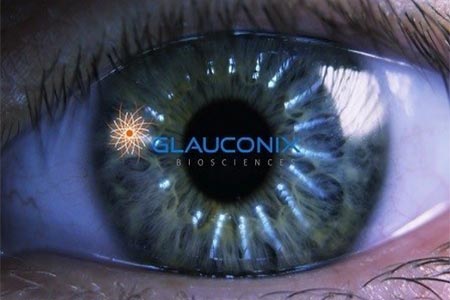Glauconix Biosciences, Inc., leading developer of human 3D ocular tissues, and Nicox SA co-authored, a manuscript in Investigative Ophthalmology and Visual Sciences, demonstrating the IOP lowering ability of NCX 667, a novel nitric oxide donor.
These studies were performed using Glauconix's patented 3D bioengineered conventional outflow tract model comprised of human donor trabecular meshwork and Schlemm's canal cells.
The article highlights the effectiveness of Glauconix's 3D Human Tissue model in retaining biological and physiological features found in human trabecular meshwork and Schlemm's canal tissue. This model's relevance to the pathophysiology of glaucoma, has validated and enabled confirmation of efficacy of development compounds that have now translated to commercialized products, such as ROCK inhibitors. This 3D Human Tissue model is particularly relevant to study compounds affecting physiology of the trabecular meshwork/inner wall of the Schlemm's canal at the cellular level. In addition to the data on Glauconix's model, the article includes data on the robust and dose-dependent IOP decrease exhibited by NCX 667 in various animal models, including rabbit, dog and monkey, thus translating across species.
Karen Torrejon, CSO & co-founder, commented, "The data from the present study supports that NO-donating compounds induce IOP reduction through the conventional outflow pathway, affecting both Schlemm's canal and trabecular meshwork in a dose-dependent manner. The combined work presented, utilizing both normotensive and hypertensive models, suggests that NO-donors may have applicability across various types of pathological glaucoma. The results presented in this study highlight the translatability of the Glauconix 3D ocular tissue model(s) and the ability to elucidate the mechanism of action of IOP lowering therapeutics."
Elena Bastia, Director and Head of Pharm. Tox. and DMPK/PK of Nicox, noted, "The Glauconix model has been particularly useful in elucidating the mechanism by which nitric oxide may increase outflow. Data in this study further demonstrate the specific effects of nitric oxide on intraocular pressure and point to direct stimulation of the conventional outflow facility as its primary mechanism of action."
For more information to visit www.glauconix-biosciences.com
About Nicox S.A.:
Nicox S.A. is an international ophthalmology company developing innovative solutions to help maintain vision and improve ocular health. Nicox's lead program in clinical development is NCX 470, a novel nitric oxide-donating prostaglandin analog, for lowering intraocular pressure in patients with glaucoma. The company is also developing NCX 4251, a proprietary formulation of fluticasone, for acute exacerbations of blepharitis. Nicox generates revenue from VYZULTA® (latanoprostene bunod ophthalmic solution) 0.024% in glaucoma, licensed exclusively worldwide to Bausch + Lomb, and ZERVIATE® (cetirizine ophthalmic solution) 0.24% in allergic conjunctivitis, licensed in multiple geographies, including to Eyevance Pharmaceuticals, LLC, in the U.S. and Ocumension Therapeutics in the Chinese and in the majority of South East Asian markets. Nicox is headquartered in Sophia Antipolis, France, is listed on Euronext Paris (Compartment B: Mid Caps; Ticker symbol: COX) and is part of the CAC Healthcare, CAC Pharma & Bio and Next 150 indexes.


